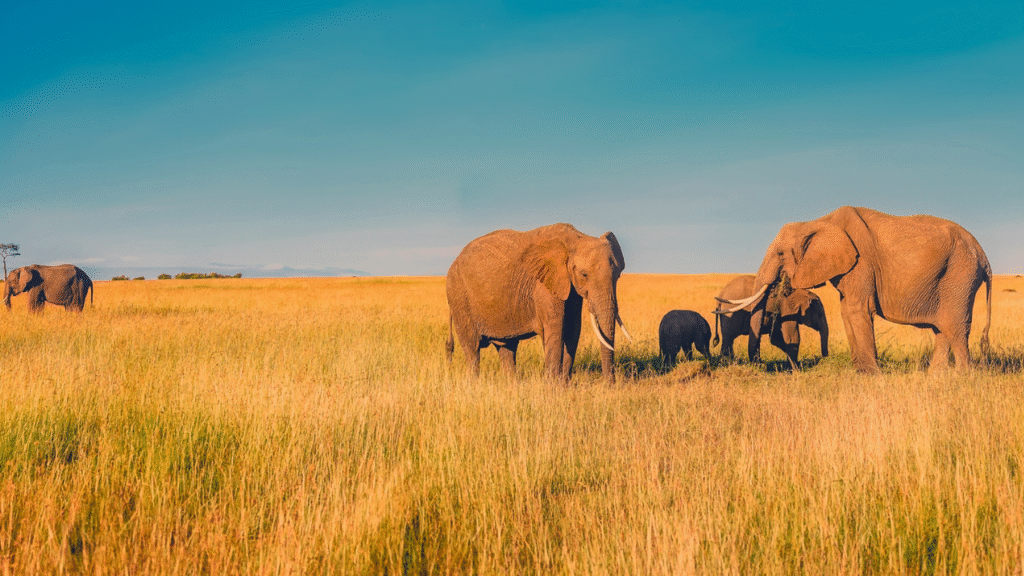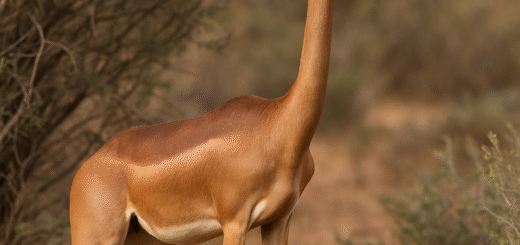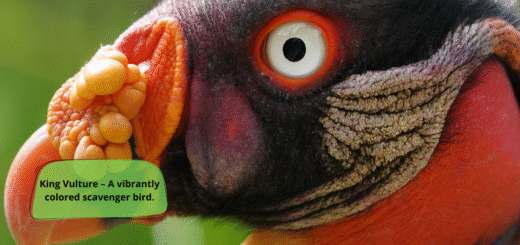The Future of Elephants: Conservation, Hope, and Action
Elephants, the largest land mammals on Earth, have long fascinated humans with their intelligence, emotion, and majesty. Yet behind their grandeur lies a silent struggle—against poaching, habitat loss, climate change, and human conflict. As we look to the future, the question remains: Will elephants continue to roam our planet freely, or become shadows of history?

In this article, we’ll explore the challenges elephants face today, the ongoing conservation efforts, and how every action—no matter how small—can help secure a hopeful future for these gentle giants.
The Elephant Crisis: A Global Wake-Up Call
Elephant populations have declined drastically in the last century. African elephants are particularly threatened by poaching for ivory, while Asian elephants suffer from habitat fragmentation and conflict with humans. According to the IUCN:
- African savanna elephant populations have dropped by over 60% in the past 50 years.
- Asian elephants now occupy only 15% of their historic range.
These statistics paint a bleak picture—but they also highlight the urgent need for collective global action.
Why Elephants Matter
Elephants are keystone species, meaning their presence is essential to the health of their ecosystems. They:
- Help disperse seeds, allowing forests to grow.
- Dig water holes used by other wildlife during droughts.
- Clear tree overgrowth, maintaining the balance of grasslands.
Saving elephants doesn’t just preserve a species—it protects entire ecosystems and benefits biodiversity at large.
Conservation in Action: Global Efforts That Give Hope
Thankfully, conservationists, governments, and communities are rising to the challenge. Major efforts include:
1. Anti-Poaching Patrols and Technology
Ranger teams now use drones, GPS collars, and AI-powered surveillance to track elephant movements and stop poachers before they strike.
2. Community-Based Conservation
Local communities are being empowered to protect elephants through ecotourism and wildlife-friendly farming, turning conservation into a source of income.
3. Habitat Protection and Corridors
Protected areas and wildlife corridors are being established to connect fragmented habitats, allowing elephants to migrate safely and naturally.
4. Stronger Laws and International Bans
The global ivory trade has been restricted through CITES agreements and nationwide bans, reducing demand and trafficking networks.
What the Future Holds: Optimism with Caution
The path forward for elephants is filled with challenges, but it is not hopeless. In countries like Botswana, India, and Kenya, elephant populations are slowly rebounding due to strong conservation efforts.
However, their future will depend on:
- Sustained funding and political will
- Global awareness and education
- Youth involvement and tech-driven innovation
- Reduction of human-elephant conflict through smarter land use
How You Can Help Save Elephants
You don’t have to be a biologist or activist to make a difference. Here are simple but powerful ways to help:
- Avoid buying ivory or wildlife products
- Donate to reputable elephant conservation groups
- Support ecotourism over captive elephant entertainment
- Educate others about the elephant crisis
- Adopt an elephant virtually through a conservation organization
Conclusion: A Shared Responsibility
The future of elephants lies not only in the hands of governments and conservationists but in all of us. Whether you’re a student, traveler, or business owner, your voice and choices can shape a world where elephants not only survive—but thrive.
Let us act today, with hope and conviction, so that generations to come can still hear the trumpet of wild elephants echoing through the forests and plains.








